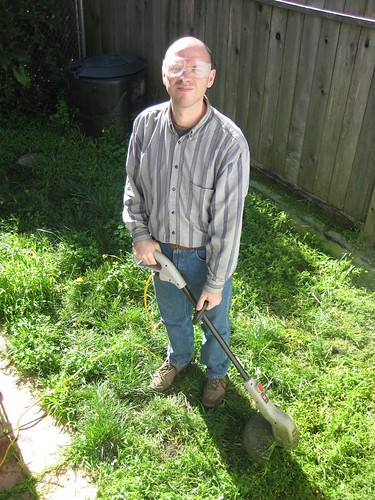A few weeks before our 5th anniversary, the news is metastasizing across the blogosphere — Google has acquired Measure Map. And with it, one of my business partners for the last 5 years, Jeffrey Veen. So, this is definitely a bittersweet moment.
I’m remarkably excited about the acquisition. It’s validation for the work we did, and, importantly, for the philosophy underlying our inaugural attempt at a product — that good design redefines categories and opens opportunities that hadn’t been realized. It’s what we saw Google do with Maps — people had pretty much considered the map space finished before then. I discussed this a bit back when I talked about enterprise apps being eaten from below – there was definitely an opportunity to approach analytics in a new, user-centered way, which is what Measure Map did.
Jeff’s departure will take a long time to sink in. Over 5 years ago, when I first was talking up the idea of a “user experience” company, Jeff was one of the first people I got in touch with. We had spoken at conferences together, and he had even brought me in to do some work at Hotwired, so I knew we had similar notions. Jeff has been instrumental in the evolution of Adaptive Path — his efforts lead directly to our events line of business, and then, two years later, to our first product. He has been probably our most public face (though Jesse is gaining fast), speaking around the world to a variety of audiences. He developed some of our best speaking material — his knack for storytelling helped communicate the value of user experience, whereas my overly analytical approach tends to leave people scratching their heads.
And within the office, day-in and day-out, we won’t have him to lead the charge for burritos, coffee, or beers at (House of Shields, Nova, _insert bar here_), to cut through the bullshit we occasionally find ourselves getting worked up over, to, well, to be so tall.
That said, this is clearly a remarkable opportunity for him, and I’m thrilled I could help make it happen. Jeff isn’t someone you can replace, and Google is getting a remarkable person to join their ranks.
I’m eager to see what’s next, and looking forward to him doing great things there.
